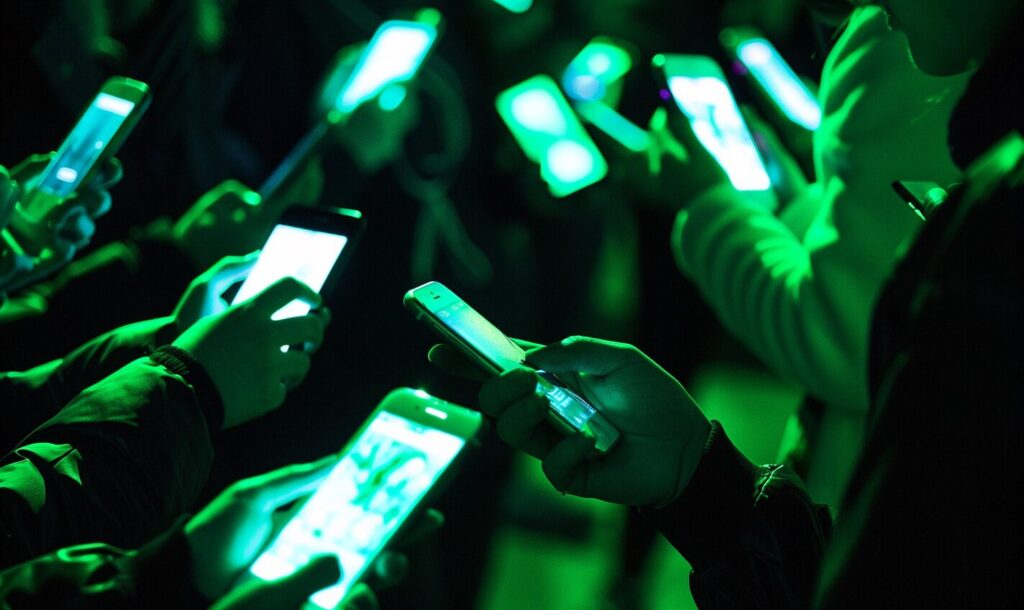From October 12 in 2010, to May 2 in 2011, Turbine Hall in the Tate Liverpool art museum was filled with 100 million porcelain sunflower seeds. Visitors were encouraged to walk over the seeds, pick them up, take pictures and listen to the gravel-like noise they made underfoot. This art installation was conceived and directed by the Chinese artist Ai Weiwei and commissioned by the Tate museum. It was meant to be a commentary on the Communist Party in China and could be interpreted in many ways. Here’s everything you need to know about what happened to “Sunflower Seeds” by Ai Weiwei.
Creation of This Project
Weiwei worked with more than 1,600 people for two and a half years to create the 100 million sunflower seeds needed for this installation. The seeds were shaped and fired with traditional porcelain processes in Jingdezhen, a city located about 1000 km from Beijing. Then, city residents were hired to hand-paint each seed.
The people who live in Jingdezhen produced imperial porcelain for hundreds of years. This area has high deposits of porcelain stone and plenty of wood for firing kilns. Following traditional methods, the stone is turned into fine porcelain with a 30-step process before behind hand-painted and sold.
Weiwei’s project brought much-needed economic support to many families in this area. Both the fall of the Chinese Empire in the early 1900s and modern mass production have impacted the economics of this city. Weiwei’s seeds were painted by several generations of Jingdezhen craftspeople, both at small-scale workshops and in workers’ homes.
Cultural Significance of Sunflowers
Shortly after the fall of the Chinese Empire, the Communist Party took political control in China. Chairman Mao Zedong led the party from 1943 until 1976. Weiwei’s family was sent to a work camp and then exiled during this time. They were allowed to return to Beijing after Zedong’s death.
Communist media material across China portrayed Mao as the sun and the Chinese population as sunflowers who loyally faced him. Culturally, sunflower seeds are a symbol of good luck and happiness in China. They are available across the country and eaten as a snack food by both the rich and poor.
By making his sunflower seeds out of porcelain, Weiwei raised questions about one of China’s most prized exports. Many items in the Western world are “made in China,” but most of those items don’t have the quality or positive social impact of these hand-painted seeds.
What Does Weiwei’s “Sunflower Seeds” Mean?
Piled across the floor of Turbine Hall, Weiwei’s sunflower seeds blended together into a unanimous whole. They looked so real that some people even put the seeds in their mouths and tried to bite them. Unlike real seeds, these stone replicas will never grow into living, breathing sunflowers.
Some people believe Weiwei’s sunflower seeds were a metaphorical representation of the Chinese people. Under the Communist Party, many individuals were restricted, killed and forgotten – yet each one was unique and held good potential for the future.
The seeds can also be understood as a commentary on modern consumerism. Weiwei’s seeds were produced by skilled artisans and his project took years to complete. This art installation provokes viewers to think about how sweatshop work dehumanizes workers in order to produce low-quality goods.
Weiwei’s seeds also prompt questions about the nature of humanity in general. How do people affect one another and where does individuality fit in? Does every seed matter? What happens on a larger scale when a seed is lost? People from all around the world long to know that they matter.
As people walked over the seeds, they left footprints that had to be raked away later. Only so many seeds fit in their cupped hands or under their feet. The vastness of this project brought a sense of history and solemnity to everyone who viewed it.
This art installation was paired with video cameras where viewers could send Weiwei questions about his work. Children asked him what the seeds meant, while adults tried to guess at the intent of his work. Weiwei’s seeds turned into a conversation about life that continues to positively impact culture today.
Where Are the Ai Weiwei Sunflower Seeds Now?
Shortly after the Tate opened Weiwei’s display to the public, the seed installation started to fill with rising dust. The museum restricted access to viewers, citing health concerns. Instead of being able to experience the seeds as Weiwei intended, people were now only able to look at them from a distance.
Since 2009, the seeds have been shown as smaller installations all over the world. The Tate museum purchased eight million seeds for permanent display in 2012 and still displays those today. Because of their history and context, even small displays of these seeds are incredibly powerful.
One visitor to the Tate museum asked Weiwei if he thought his seeds would ever be displayed in China. Although the country is still recognized as a Communist nation, some of Weiwei’s seeds were actually displayed in Beijing from October 2011 to February 2012.
Seeds of Hope
The Ai Weiwei “Sunflower Seeds” installation grew out of the artist’s love for China and his dissatisfaction with the Chinese political system. This art installation provoked many important questions and poignantly expressed the impact of the Communist Party and consumerist culture on the Chinese people.
If you ever get a chance to see these seeds, you should definitely take it. Each one represents the artistry and care of an individual, working a trade that’s been developed and valued for centuries. Some reviewers titled Weiwei’s installation “seeds of hope” because of the questions they raised about the future of national government.
Recent Stories
Follow Us On
Get the latest tech stories and news in seconds!
Sign up for our newsletter below to receive updates about technology trends














